- Home
- About Us
- Products
- TD High-efficiency And Energy-saving Circulating Pump
- TD High-efficiency And Energy-saving Circulating Pump Accessories
- Pipeline Pump
- Pipeline Pump Accessories
- Sewage Pump
- Sewage Pump Accessories
- LG Multi-stage Pump
- LG Multi-stage Pump Accessories
- Cooling Tower Circulation Pump
- Electric Motor
- Electric Motor Accessories
- News
- Contact Us
- Home
- About Us
- Products
- TD High-efficiency And Energy-saving Circulating Pump
- TD High-efficiency And Energy-saving Circulating Pump Accessories
- Pipeline Pump
- Pipeline Pump Accessories
- Sewage Pump
- Sewage Pump Accessories
- LG Multi-stage Pump
- LG Multi-stage Pump Accessories
- Cooling Tower Circulation Pump
- Electric Motor
- Electric Motor Accessories
- News
- Contact Us
Web Menu
- Home
- About Us
- Products
- TD High-efficiency And Energy-saving Circulating Pump
- TD High-efficiency And Energy-saving Circulating Pump Accessories
- Pipeline Pump
- Pipeline Pump Accessories
- Sewage Pump
- Sewage Pump Accessories
- LG Multi-stage Pump
- LG Multi-stage Pump Accessories
- Cooling Tower Circulation Pump
- Electric Motor
- Electric Motor Accessories
- News
- Contact Us
Product Search
Exit Menu
Why Are Pipeline Pumps Essential for Modern Industrial and Municipal Systems?
Pipeline pumps, also known as inline pumps, have become a vital part of many modern industries and municipal infrastructures. Their compact design, efficient operation, and ability to handle a wide range of liquids make them indispensable in sectors such as water supply, HVAC systems, oil & gas, chemical processing, and wastewater treatment. But what exactly are pipeline pumps, and why are they so widely used in today’s engineering and operational environments? Let’s take a closer look at their features, applications, and benefits.
1. What Is a Pipeline Pump?
A pipeline pump is a type of centrifugal pump where the inlet and outlet are arranged on the same axis, allowing the pump to be installed directly into a pipeline. This inline configuration eliminates the need for complex pipe bends or extra fittings, saving both space and installation costs. Unlike traditional endsuction or horizontal splitcase pumps, pipeline pumps offer a streamlined flow path, which minimizes pressure loss and improves efficiency.
Typically, pipeline pumps are designed for continuous operation, with a robust structure that can handle varying flow rates and pressures. They are available in both singlestage and multistage designs, depending on the application’s head and flow requirements.
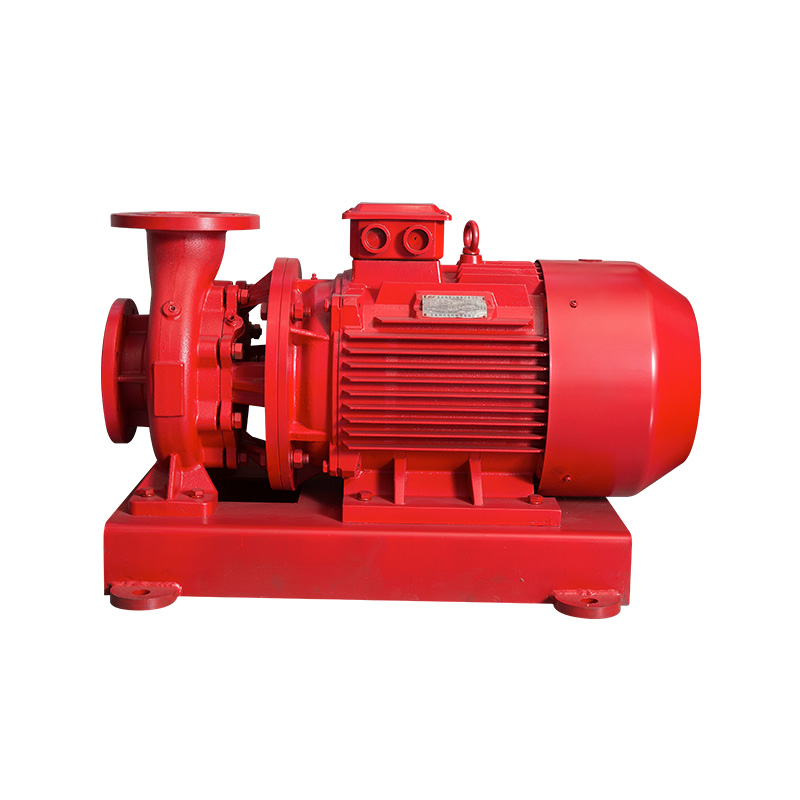
2. Key Features of Pipeline Pumps
Modern pipeline pumps are engineered to meet demanding operational needs while ensuring ease of maintenance. Some of their most notable features include:
Inline configuration – Compact design that aligns with the pipeline, reducing space requirements.
High efficiency – Optimized impeller and volute designs minimize energy consumption.
Ease of maintenance – Many models feature a backpullout design, allowing the pump’s internal components to be removed without disconnecting the pipeline.
Versatility – Suitable for both clean and lightly contaminated liquids.
Durable construction – Materials such as cast iron, stainless steel, or special alloys are used to resist corrosion and wear.
Wide operating range – Capable of handling different flow rates, pressures, and liquid temperatures.
3. Common Applications of Pipeline Pumps
Pipeline pumps are used in a variety of sectors due to their adaptability and reliability. Here are some of the most common applications:
a) Municipal Water Supply
In urban water distribution systems, pipeline pumps maintain consistent water pressure and flow. They can be used for pumping treated water from reservoirs to distribution networks or boosting pressure in highrise buildings.
b) HVAC Systems
Heating, ventilation, and airconditioning systems require efficient circulation of water or glycol solutions. Pipeline pumps provide stable flow for chilled water loops, hot water systems, and cooling towers.
c) Industrial Processing
In chemical, food, textile, and paper industries, pipeline pumps are used to transfer process liquids, coolants, and cleaning fluids. Their inline design integrates easily into existing pipelines.
d) Oil & Gas Industry
Pipeline pumps play a role in transporting oil, fuels, and petrochemical products through processing facilities and pipelines. Special designs can handle hightemperature or corrosive fluids.
e) Wastewater and Sewage
When handling treated wastewater or relatively clean industrial effluents, pipeline pumps can be a practical choice for boosting flow to treatment plants or discharge points.
4. Advantages of Using Pipeline Pumps
The growing popularity of pipeline pumps is driven by several key advantages:
1. Spacesaving design – The vertical or horizontal inline layout requires minimal footprint, making it ideal for tight installations.
2. Reduced installation costs – Direct pipeline integration means fewer fittings and less complex pipe routing.
3. Operational efficiency – Lower pressure loss translates to reduced energy consumption over time.
4. Simple maintenance – The backpullout feature allows for quick inspection and repairs without disturbing the pipeline.
5. Versatility in applications – From potable water to industrial chemicals, pipeline pumps can handle a wide range of liquids.
6. Quiet operation – Advanced designs minimize vibration and noise, contributing to a better working environment.
5. How to Choose the Right Pipeline Pump
Selecting the correct pipeline pump for a specific application requires careful consideration of several factors:
Flow rate and head – Determine the required flow (m³/h or GPM) and head (meters or feet) based on the system’s demands.
Fluid characteristics – Consider temperature, viscosity, and chemical composition to ensure compatibility with pump materials.
Power source – Choose between electric motordriven or diesel enginedriven models depending on availability and operational needs.
Installation space – Evaluate whether a vertical or horizontal inline configuration suits your plant layout.
Maintenance requirements – Select a model with features that simplify inspection and servicing.
6. Innovations in Pipeline Pump Technology
In recent years, pipeline pump manufacturers have introduced new technologies to enhance performance and sustainability:
Variable frequency drives (VFDs) – Allow pump speed to be adjusted based on realtime demand, improving efficiency and reducing energy costs.
Smart monitoring systems – Sensors track performance, detect faults, and send alerts for preventive maintenance.
Improved hydraulic designs – Computational fluid dynamics (CFD) helps optimize impeller geometry for higher efficiency and lower noise.
Corrosionresistant coatings – Extend service life when pumping aggressive fluids.
7. Maintenance Tips for Longer Service Life
To maximize the lifespan and performance of a pipeline pump, regular maintenance is essential:
1. Monitor vibration and noise – Sudden changes may indicate bearing wear or impeller imbalance.
2. Check for leaks – Inspect seals, gaskets, and flanges regularly.
3. Lubricate bearings – Follow manufacturer guidelines for lubrication intervals and types of grease.
4. Clean strainers and filters – Prevent debris from entering the pump and damaging internal parts.
5. Test motor and electrical connections – Ensure stable power supply and safe operation.
8. Environmental and Energy Considerations
With increasing emphasis on sustainability, pipeline pumps are being designed to minimize environmental impact. Highefficiency motors, lowenergy hydraulic designs, and recyclable materials are becoming industry standards. In water supply and wastewater applications, optimizing pump operation with VFDs can lead to substantial energy savings—benefiting both operational budgets and environmental goals.
9. Future Trends for Pipeline Pumps
The future of pipeline pumps will likely involve greater integration of digital technologies, including:
IoTenabled monitoring – Realtime data collection for predictive maintenance.
Automated control systems – AI algorithms adjusting pump operation for optimal performance.
Advanced materials – Use of composites and ceramics for improved corrosion and wear resistance.
Energy recovery systems – Pumps designed to capture and reuse energy from fluid flow.
Conclusion
Pipeline pumps are not just another piece of mechanical equipment—they are the heart of many water, industrial, and energy systems. Their spacesaving inline design, efficiency, and adaptability make them a preferred choice for engineers and plant operators worldwide. As industries continue to prioritize energy efficiency, reliability, and costeffectiveness, the demand for advanced pipeline pump solutions will only grow.
Whether it’s for municipal water distribution, an industrial cooling system, or chemical transfer in a processing plant, choosing the right pipeline pump can mean the difference between smooth operation and costly downtime. With proper selection, installation, and maintenance, a highquality pipeline pump can deliver years—if not decades—of dependable service.
Related Products
-
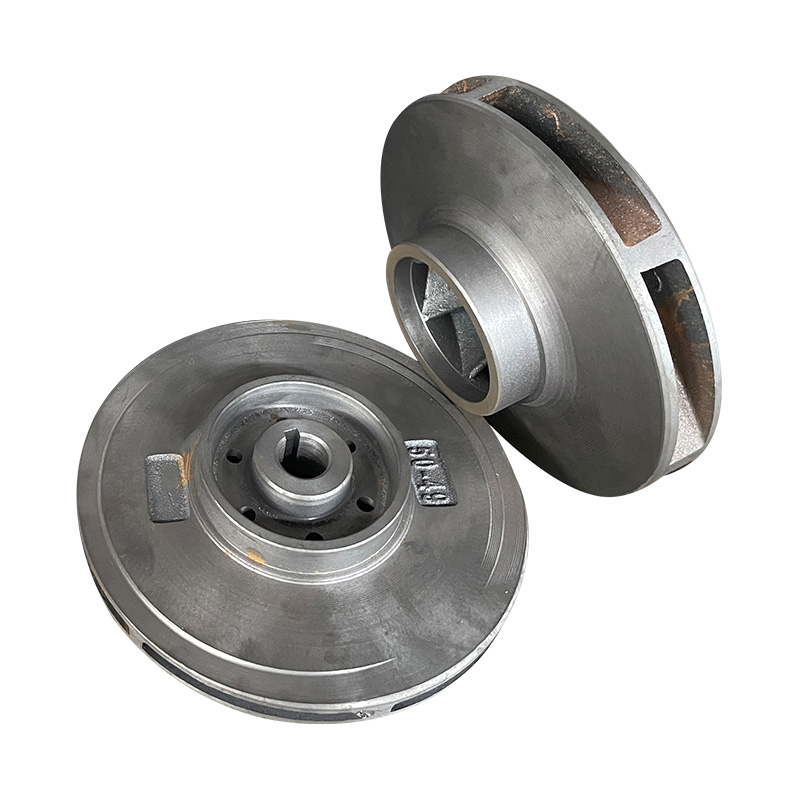
TD high-efficiency and energy-saving circulating pump cast iron impeller
Cat:TD High-efficiency And Energy-saving Circulating Pump Accessories
TD Energy Efficient Circulation Pump Cast Iron Impeller is an importan...
See Details -
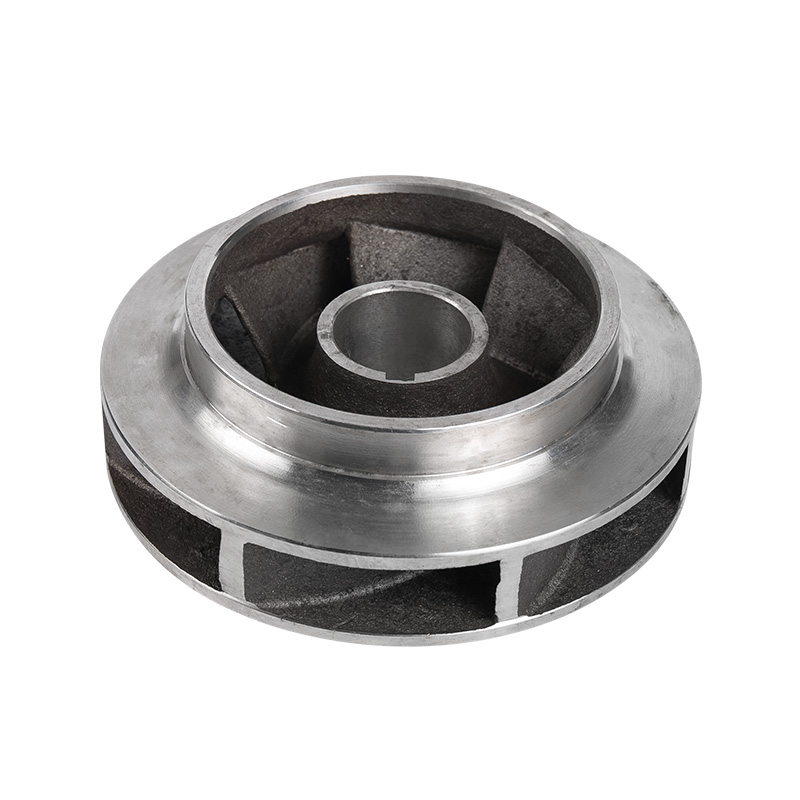
Pipe pump stainless steel impeller
Cat:Pipeline Pump Accessories
Stainless steel impeller material is stainless steel, it is not easy t...
See Details -
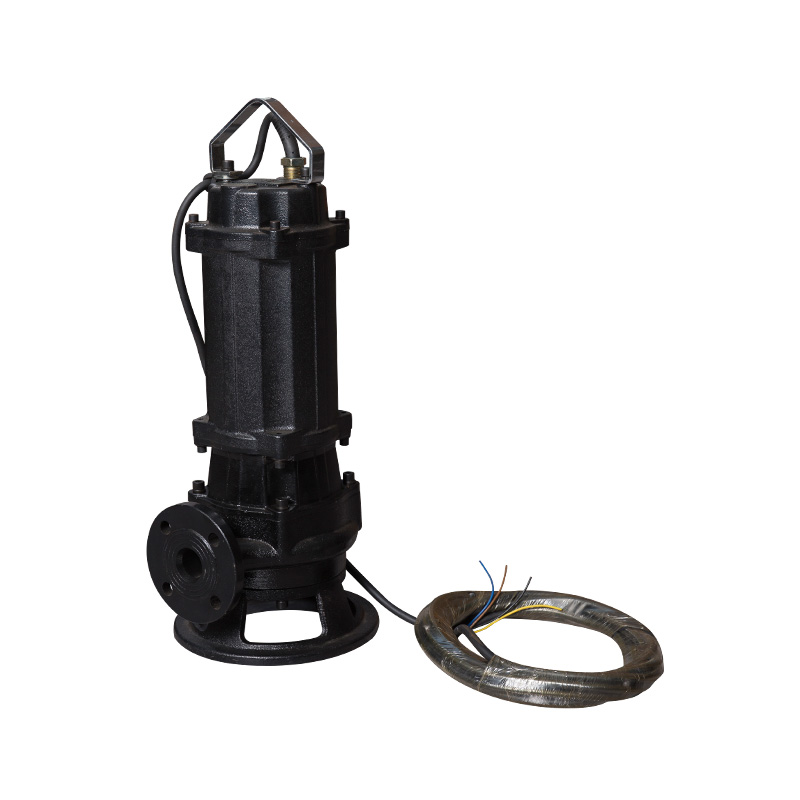
Ordinary sewage pump
Cat:Sewage Pump
1. Our WQ-type general sewage pump adopts a large flow channel anti-cl...
See Details -
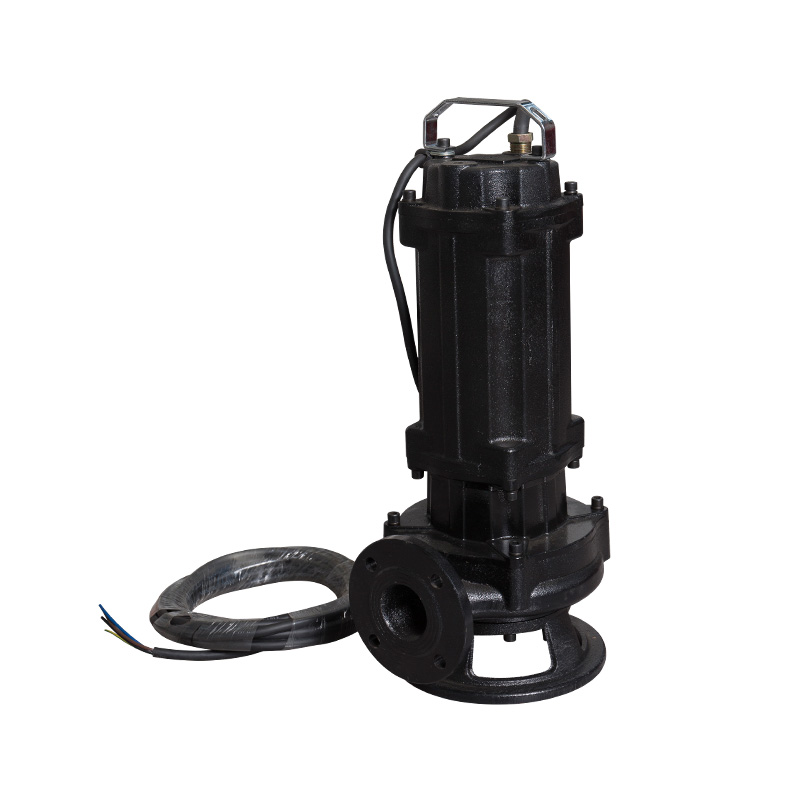
Cutting sewage pump
Cat:Sewage Pump
Cutting sewage pump is a kind of sewage pump, also called cutting pump...
See Details -
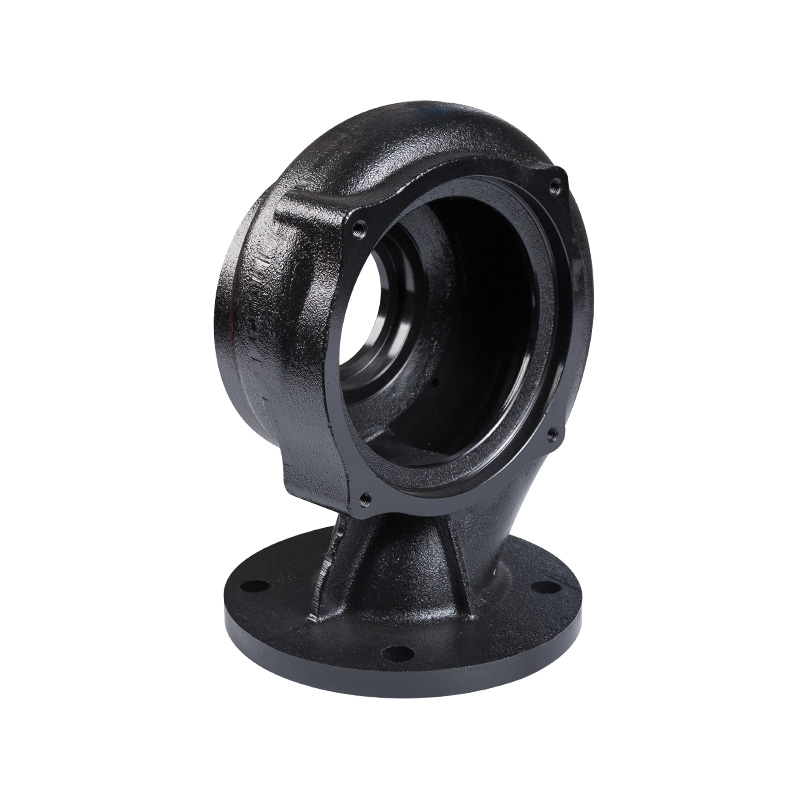
Sewage pump body
Cat:Sewage Pump Accessories
The pump body is the outer shell of the sewage pump, with the function...
See Details -
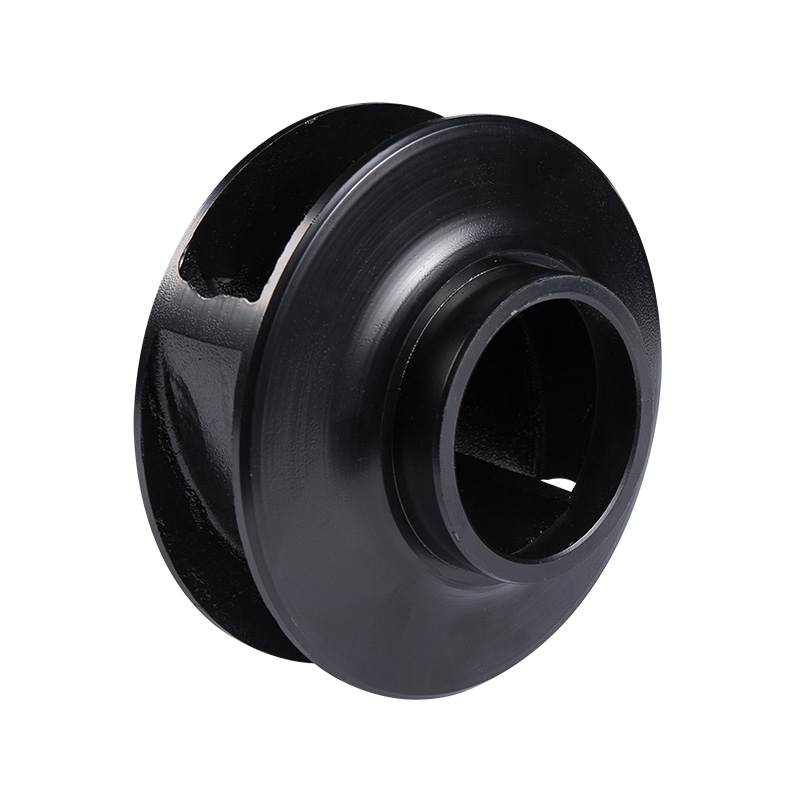
Sewage pump cast iron impeller
Cat:Sewage Pump Accessories
The impeller is the core component of a sewage pump, responsible for r...
See Details -
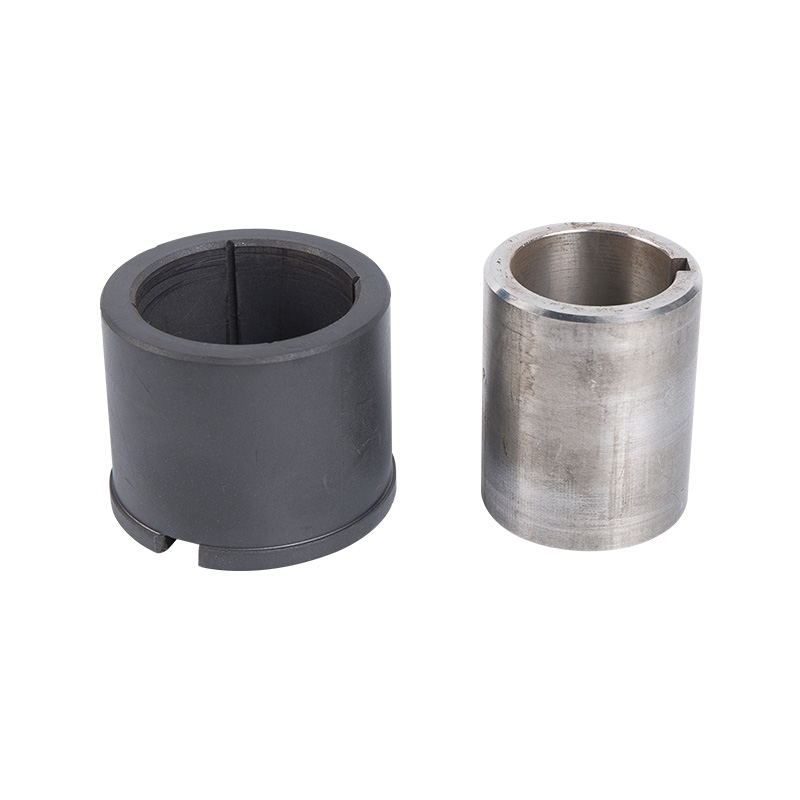
Stainless steel LG multi-stage pump bearing sleeve
Cat:LG Multi-stage Pump Accessories
Stainless Steel Bearing Sleeves are bearing sleeves made of stainless ...
See Details -
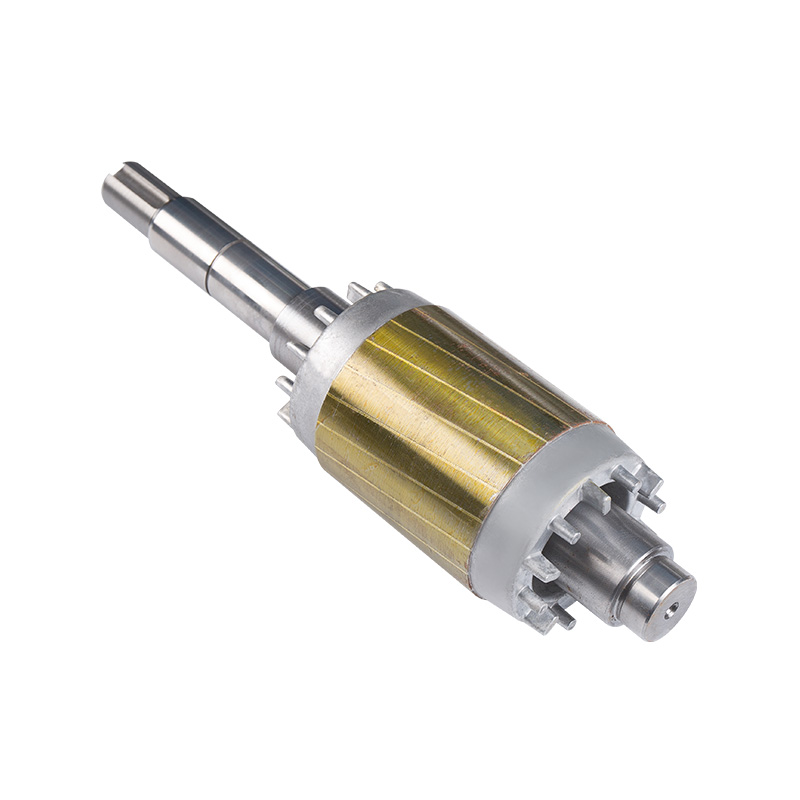
Finished rotor
Cat:Electric Motor Accessories
The rotor of a motor refers to the rotating part, which contains the r...
See Details -
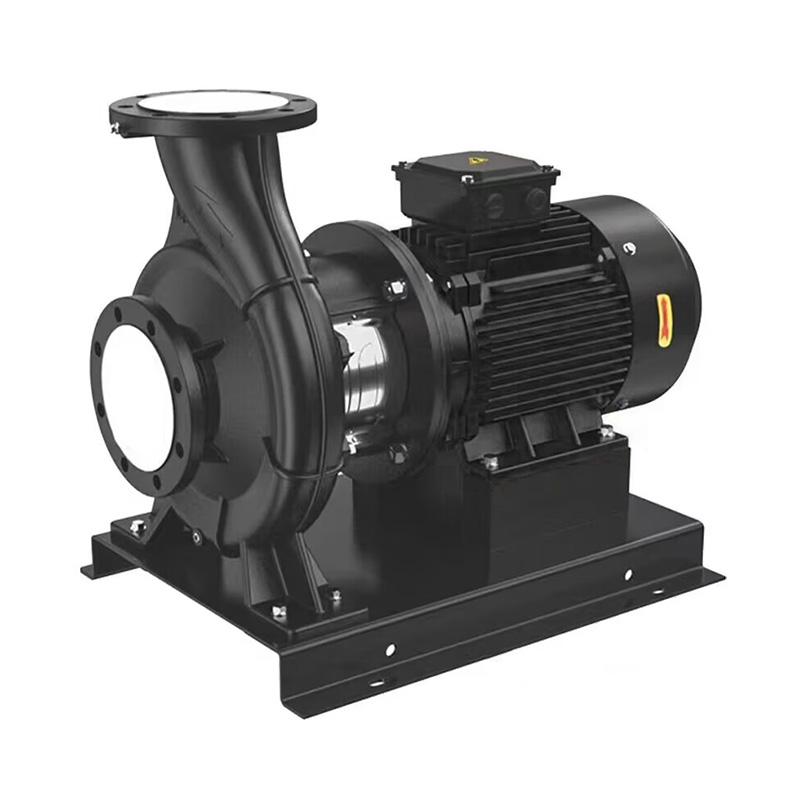
TD horizontal high-efficiency energy-saving circulation pump
Cat:TD High-efficiency And Energy-saving Circulating Pump
1.TD horizontal high-efficiency and energy-saving circulation pump is ...
See Details -

Cooling Tower Circulation Pump
Cat:Cooling Tower Circulation Pump
The cooling tower circulation pump is key equipment in the cooling tow...
See Details
- TD High-efficiency And Energy-saving Circulating Pump
- TD High-efficiency And Energy-saving Circulating Pump Accessories
- Pipeline Pump
- Pipeline Pump Accessories
- Sewage Pump
- Sewage Pump Accessories
- LG Multi-stage Pump
- LG Multi-stage Pump Accessories
- Cooling Tower Circulation Pump
- Electric Motor
- Electric Motor Accessories
-

+86-0563-2251312
-

+86-0563-2251311
-

+86-139 6620 0379
-

-

No.43 Guohua Road, Guangde Economic Development Zone, Xuancheng City, Anhui Province, China

